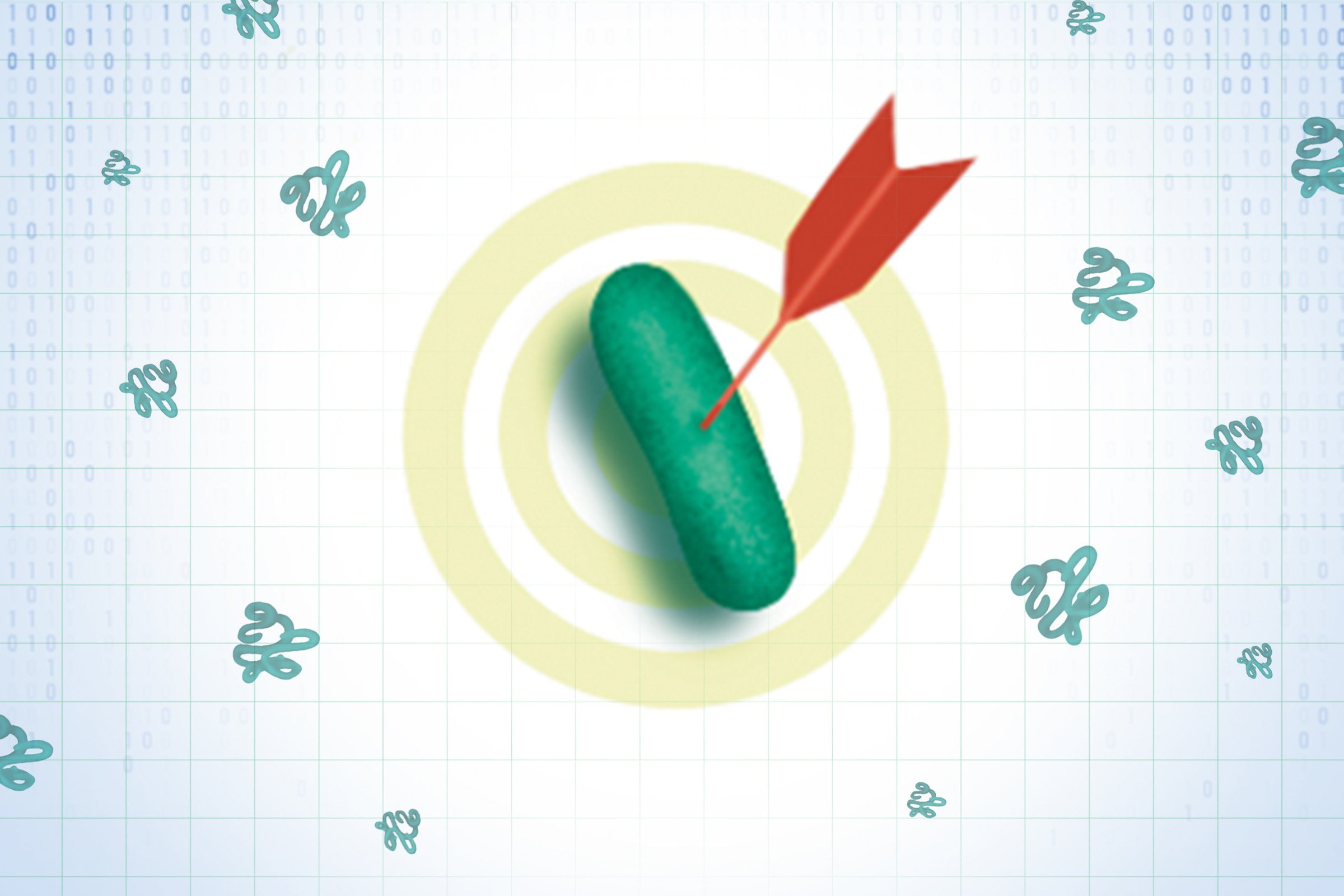University of Texas researchers have used AI to develop a safer, effective version of an antibiotic that shows promise in animal trials. This new method could accelerate the creation of treatments for antibiotic-resistant bacterial infections. Credit: The University of Texas at Austin
A large language model, similar to the AI that powers ChatGPT, has been utilized to develop a version of a bacteria-killing drug that was once toxic to humans.
In a hopeful development for the demand for safer and more effective antibiotics, researchers at The University of Texas at Austin have utilized a high-throughput method they had previously developed to create more than 7,000 variations of Protegrin-1 and quickly identify areas of the AMP that could be modified without losing its antibiotic activity.
Next, they trained a protein LLM on these results so that the model could evaluate millions of possible variations for three features: selectively targeting bacterial membranes, potently killing bacteria and not harming human red blood cells to find those that fell in the sweet spot of all three. The model then helped guide the team to a safer, more effective version of Protegrin-1, which they dubbed bacterially selective Protegrin-1.2 (bsPG-1.2).
Mice infected with multidrug-resistant bacteria and treated with bsPG-1.2 were much less likely to have detectable bacteria in their organs six hours after infection, compared to untreated mice. If further testing offers similarly positive results, the researchers hope eventually to take a version of the AI-informed antibiotic drug into human trials.
“Machine learning’s impact is twofold,” Davies said. “It’s going to point out new molecules that could have the potential to help people, and it’s going to show us how we can take those existing antibiotic molecules and make them better and focus our work to more quickly get those to clinical practice.”
Reference: “Deep mutational scanning and machine learning for the analysis of antimicrobial-peptide features driving membrane selectivity” by Justin R. Randall, Luiz C. Vieira, Claus O. Wilke and Bryan W. Davies, 31 July 2024, Nature Biomedical Engineering.
DOI: 10.1038/s41551-024-01243-1
Funding for this research was provided by the













/https://tf-cmsv2-smithsonianmag-media.s3.amazonaws.com/filer_public/d1/82/d18228f6-d319-4525-bb18-78b829f0791f/mammalevolution_web.jpg)






Discussion about this post